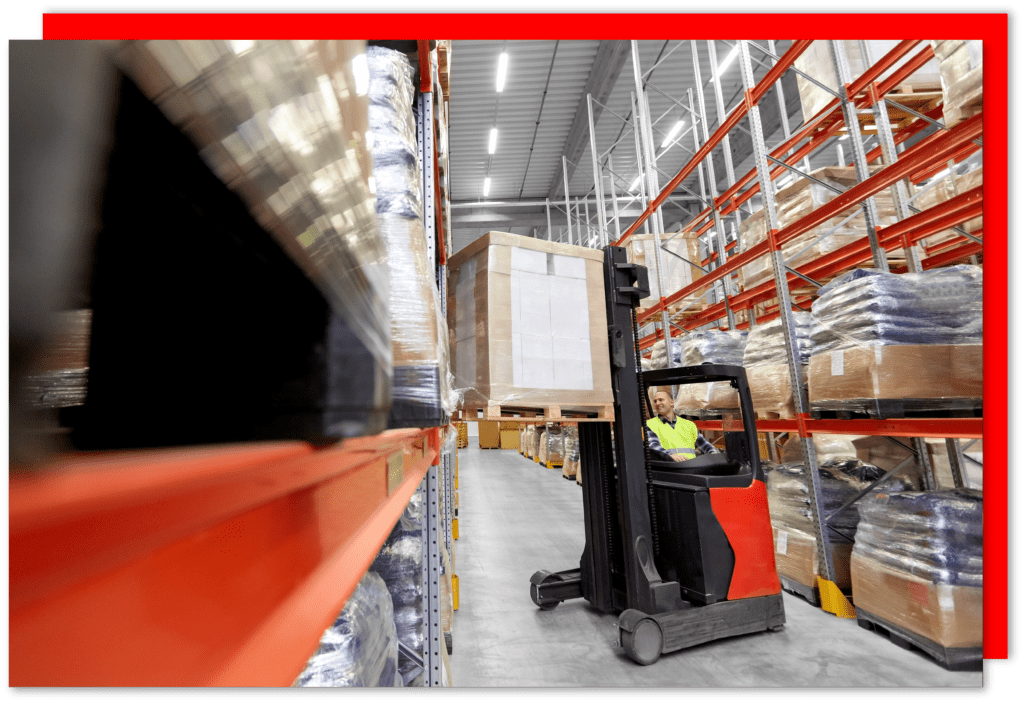On the return of employees to the workplace, employers fear complacency by employees over fire safety after false fire alarms
A recent survey of 250 business owners by fire safety specialists JLA revealed they fear that staff will become complacent and non-reactive to a real fire alarm, because of false fire alarm events. This was the highest concern for 44% of respondents, suggesting that attitudes to fire safety worryingly decline in organisations once false fire alarms have occurred.
The research, carried out by JLA revealed several concerns, such as worries that the site would have to close to deal with the aftermath of a false alarm. This was the highest concern for 30% of respondents, with loss of productivity amongst employees being another considerable concern for 38% of businesses.
This figure rose to 41% for hospitality businesses and 46% of office workers, suggesting that if false fire alarms sound, productivity is compromised, which can lead to businesses being forced to shut their doors, losing money and consequent damage to reputation in the process.
There are proactive steps that can be taken by organisations to minimise this risk:
- Ensure effective, regular maintenance of all fire alarm equipment, and have up-to-date fire risk assessments in place
- Provide training to employees on how to prevent false alarms
- Ensure employees know how to respond to a false fire alarm to minimise disruption to the business
Commenting on the research, Peter Martin, Operations Director, Fire & Security at JLA, said: “False fire alarms present a real problem for employee productivity and efficiency and can have detrimental impacts to how a business operates.
“Whilst these false fire alarms are viewed as a minor inconvenience for many, we know that this is often a big concern for business owners. Knowing how to respond to fire risks can be difficult but finding the right fire services and training can ensure that concerns regarding false fire alarms will become a thing of the past.”
HR and Health and Safety managers must work together to reinforce the messages about the importance of fire safety, using the appropriate tools.
Peter Martin continued, “HR teams can communicate as best as possible to workers that fire safety training is absolutely crucial to all workers and is a legal requirement for all organisations. If employees do not have a thorough understanding of fire safety and the evacuation procedures, this can pose a significant risk to their safety, and business continuity, if a fire does occur.”
“Frequent training can also be given to avoid this complacency and will ensure that all employees and businesses are as best prepared as possible to deal effectively with a fire, should an alarm sound.”
“False fire alarms, whilst frustrating, are often a necessary reminder to employees of the right steps to take to safely evacuate and get to an area of safety.”
“This, with an emphasis on checking fire equipment and alarms, will ensure that minimal disruption is made and that the business can continue to operate as usual.”












